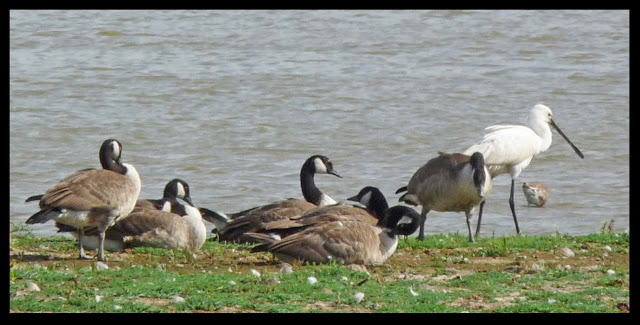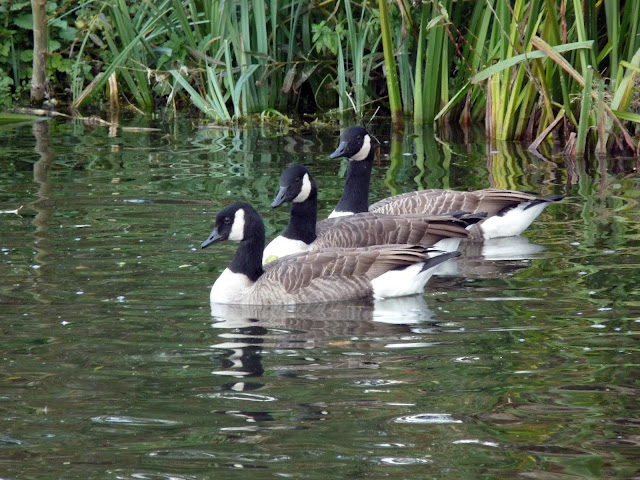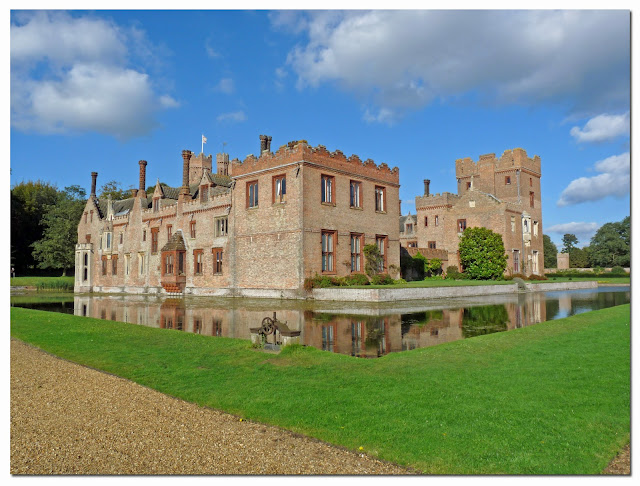We spent a few hours at Oxburgh Hall in Norfolk on Saturday, a magnificent moated building with a
priest's hole and other fascinating features. The Hall, built in 1482, is probably best known these days for the 'Oxburgh Hangings', embroidered by Mary Stuart and Bess of Hardwick.
I first encountered these hangings or 'tapestries' when I was a child, and they have intrigued and delighted me ever since. Mary and Bess copied many of the wonderful creatures from sources like Konrad Gesner's
Icones avium omnium, published in Zurich in 1560. Many of the hangings are now in the V&A, but Oxburgh has a magnificent selection.
I enjoyed seeing the panels of the dolphin and the unicorn, but the mole particularly caught my eye. He was described by the needlewomen as 'mold[e] warp' (I can't remember whether there was an 'e' after the 'd'), a term I knew from
Alison Uttley. I had not realised that this synonym for 'mole' goes back to Middle English, with a parallel in early Saxon language as 'moldwerp', meaning 'earth-thrower'. Since the true mole was not found in Palestine, the references to the 'mole' in Leviticus, among the list of unclean animals, may in fact signify a similar creature, perhaps the mole-rat or the weasel. Henry IV is referred to as the 'moldwarp' in Shakespeare's
King Henry IV, Part I.
It is not difficult to imagine Mary entertaining herself during her days of imprisonment in some of the stronghold houses of England by sewing these 'wild and wonderful' creatures and plants.
You can see pictures by following these links ...
The season is changing fast, but I spotted a couple of dragonflies (?rather old Common Darters), making the most of a spot of sunshine near the blackberry bushes.

















































